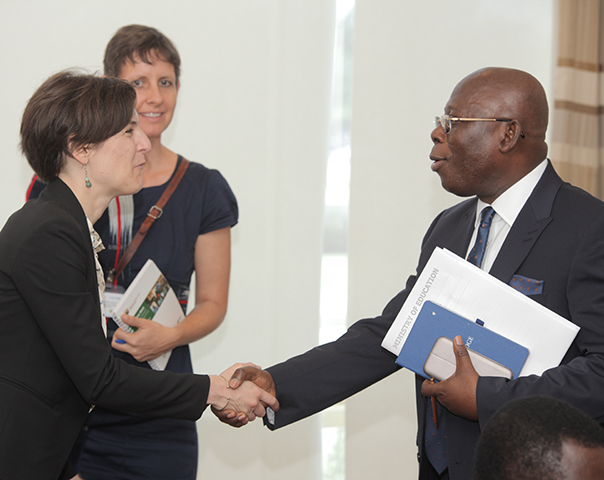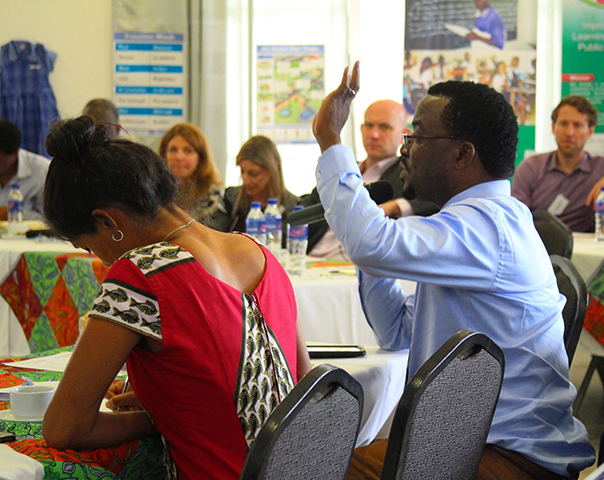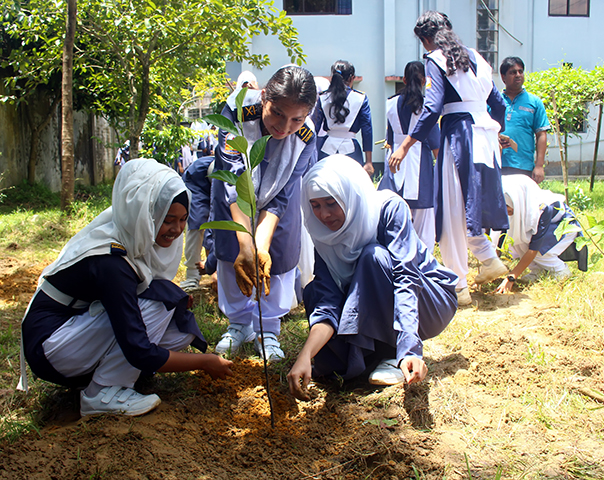Understanding the Impact of Offering Loans on Labor Trafficking in India
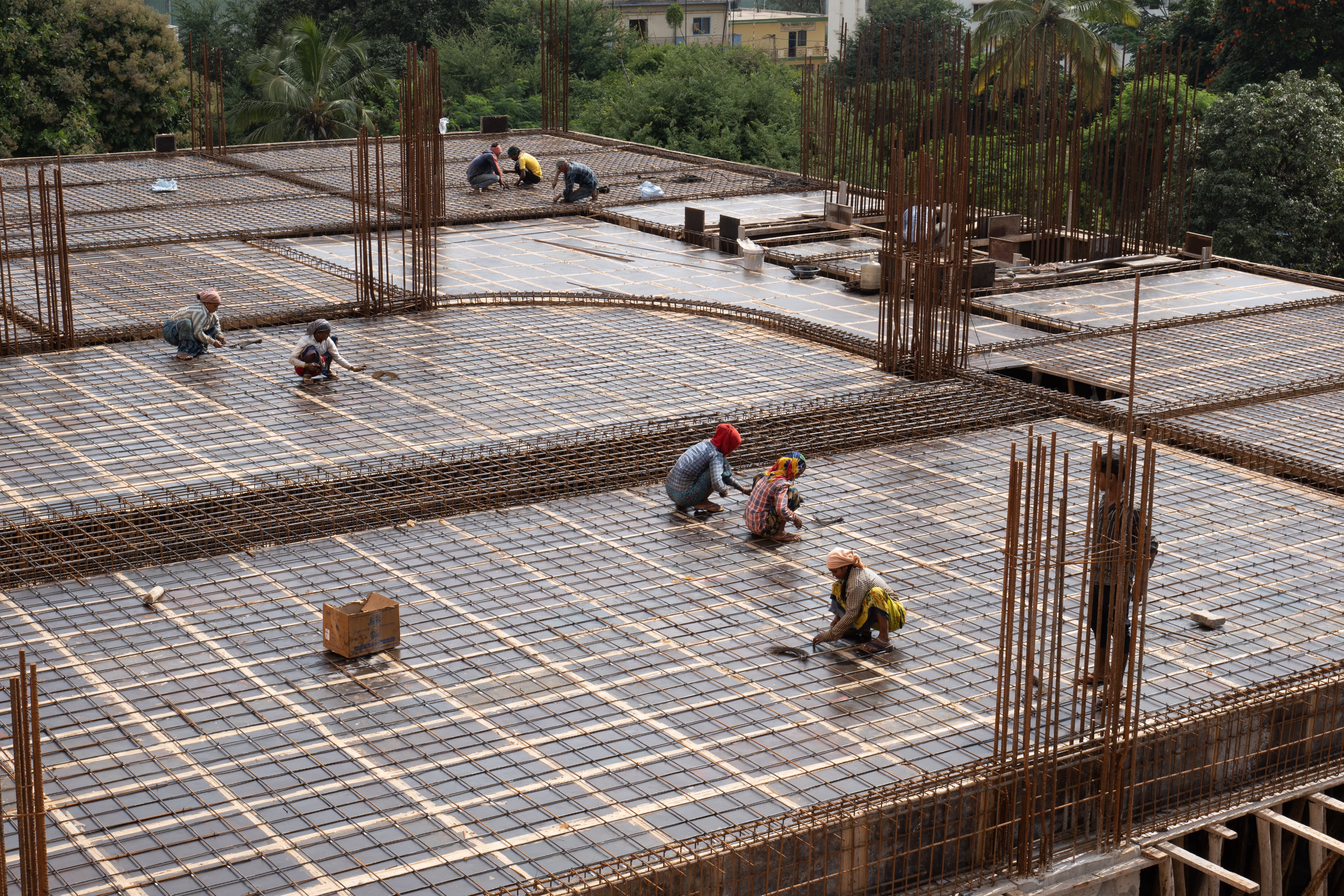
Funded by IPA’s Human Trafficking Research Initiative (HTRI), researchers conducted a randomized evaluation to measure the impact of providing low-cost loans to construction micro-contractors in India. Overall, few people took out loans, which led to limited effects on reducing forced labor risk for workers and marginally increased low- to medium-risk labor exploitation. However, more educated and non-migrant micro-contractors showed improvements in certain forms of forced labor risks.
The Challenge
In 2021, approximately 27.5 million individuals were subjected to forced labor worldwide, with the construction sector accounting for a disproportionate share—16 percent of forced labor cases despite representing only 7 percent of the global workforce.1 In India, where construction is the second-largest employer with 50 million workers, the sector's informal and fragmented structure creates conditions that can enable worker exploitation. Work flows from large developers through multiple layers of contractors to micro-contractors at the bottom, who directly manage workers. These micro-contractors often face their own financial challenges, including delayed payments and limited access to formal credit, potentially affecting how they manage and compensate their workers. This creates an environment where workers may be vulnerable to various forms of labor exploitation.
The Intervention
Funded by IPA’s HTRI and in collaboration with GFEMS, LabourNet, Kois, Gromor Finance, and Sattva Consulting, researchers conducted a randomized evaluation in India to measure whether access to working capital loans for construction micro-contractors could reduce forced labor for workers. These loans were offered at lower interest rates than unsecured loans typically proposed by formal or informal lenders. The intervention also included ethical entrepreneurship training, access to work orders to address cash flow insecurity, and a matching program to promote ethical recruitment of workers. The evaluation involved 250 micro-contractors from Delhi and Bengaluru—two of India’s largest cities—who were randomly assigned to one of the following groups:
- Loans group: Micro-contractors received the full intervention, including the ability to apply for a loan and ethical entrepreneurship training, access to work orders to address cash flow insecurity, and a matching program to promote ethical recruitment of workers.
- Comparison group: Micro-contractors received access to entrepreneurship training, work orders, and ethical recruitment of workers without access to loans.
Results
Providing low-cost loans to micro-contractors alone was insufficient to reduce worker exploitation, indicating that improving worker conditions involves more than just increasing access to capital—it also requires helping micro-contractors better manage uncertain cash flows. Overall, few people took out loans, with only eight percent of micro-contractors receiving funding. This was likely due to administrative burdens required by the underwriting process—formal documentation like work orders and tax registration papers—which proved challenging for informal micro-contractors to provide. As a result, the intervention had limited effects on reducing forced labor risk for workers and marginally increased low- to medium-risk labor exploitation indicators, leading to delayed wage payments, longer working hours than originally agreed, and unexpected wage deductions.
The intervention did have a positive effect for some micro-contractors as more educated micro-contractors reduced forced labor risk across low- to medium-risk indicators—decreased instances of working on rest days out of fear, fewer unexplained wage deductions, and reduced occurrences of working more hours than originally agreed. Non-migrant micro-contractors similarly improved conditions for workers, including more timely wage payments and reduced overtime work. These results suggest that providing liquidity to micro-contractors creates a burden of servicing loans, which, in a highly uncertain business environment, can further limit cash flow to their workers. Only some micro-contractors – those who are more educated and non-migrants – are able to redirect the increased liquidity towards their workers.
Sources
1 Global Estimates of Modern Slavery: Forced Labour and Forced Marriage," a Technical Report by the International Labour Organization (ILO), Walk Free, and International Organization for Migration (IOM), Geneva 2022
2 Deshingkar, Priya, and Shaheen Akter. 2009. “Migration and Human Development in India.” Human Development Research Papers (2009 to Present), April. https://ideas.repec.org/p/hdr/papers/hdrp-2009-13.html.
Implementing Partners
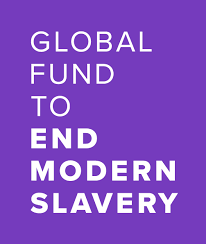
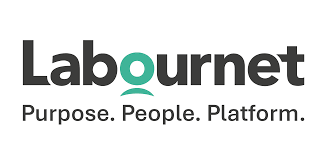
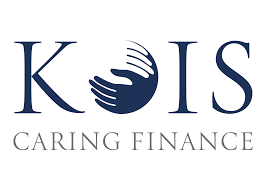


Research Partner







